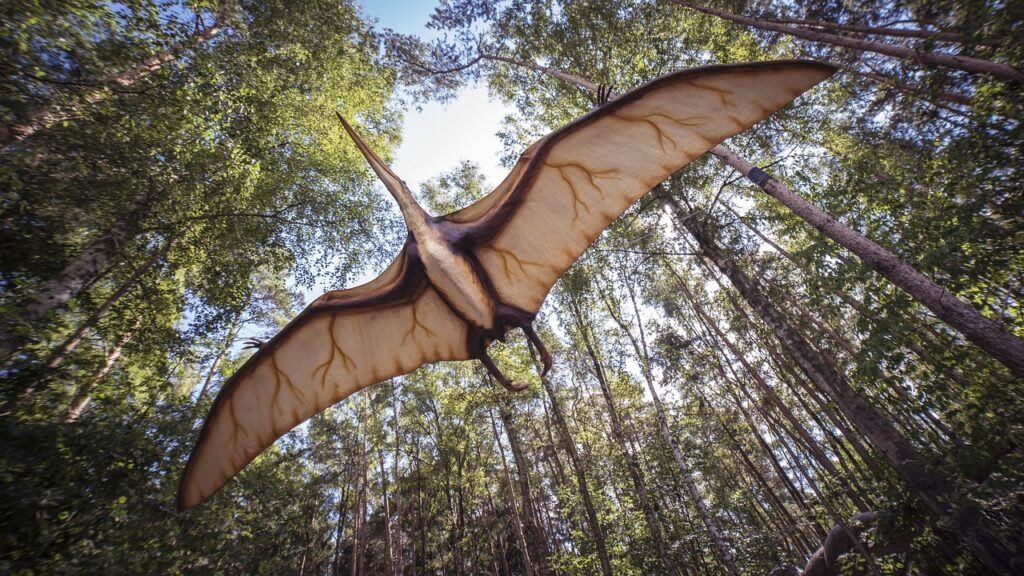Picture walking through a primordial forest roughly seventy-five million years ago, when the world was drastically different from today. The air would’ve been thick with humidity, and the ground beneath your feet would pulse with the footsteps of creatures that seem almost too fantastical to believe. Raptors came into their own during the late Cretaceous period (about 100 to 66 million years ago), transforming from relatively modest predators into some of the most sophisticated hunters ever to walk the Earth. This wasn’t just evolution at work – this was a complete takeover.
These weren’t the scaly monsters Hollywood made them out to be, though. Velociraptors were actually feathered animals, resembling something closer to oversized, deadly birds than the reptilian nightmares we’ve grown accustomed to seeing on screen. What happened during this time period was nothing short of remarkable, and it completely reshaped how we understand predator-prey dynamics in prehistoric ecosystems.
The Feathered Revolution That Changed Everything
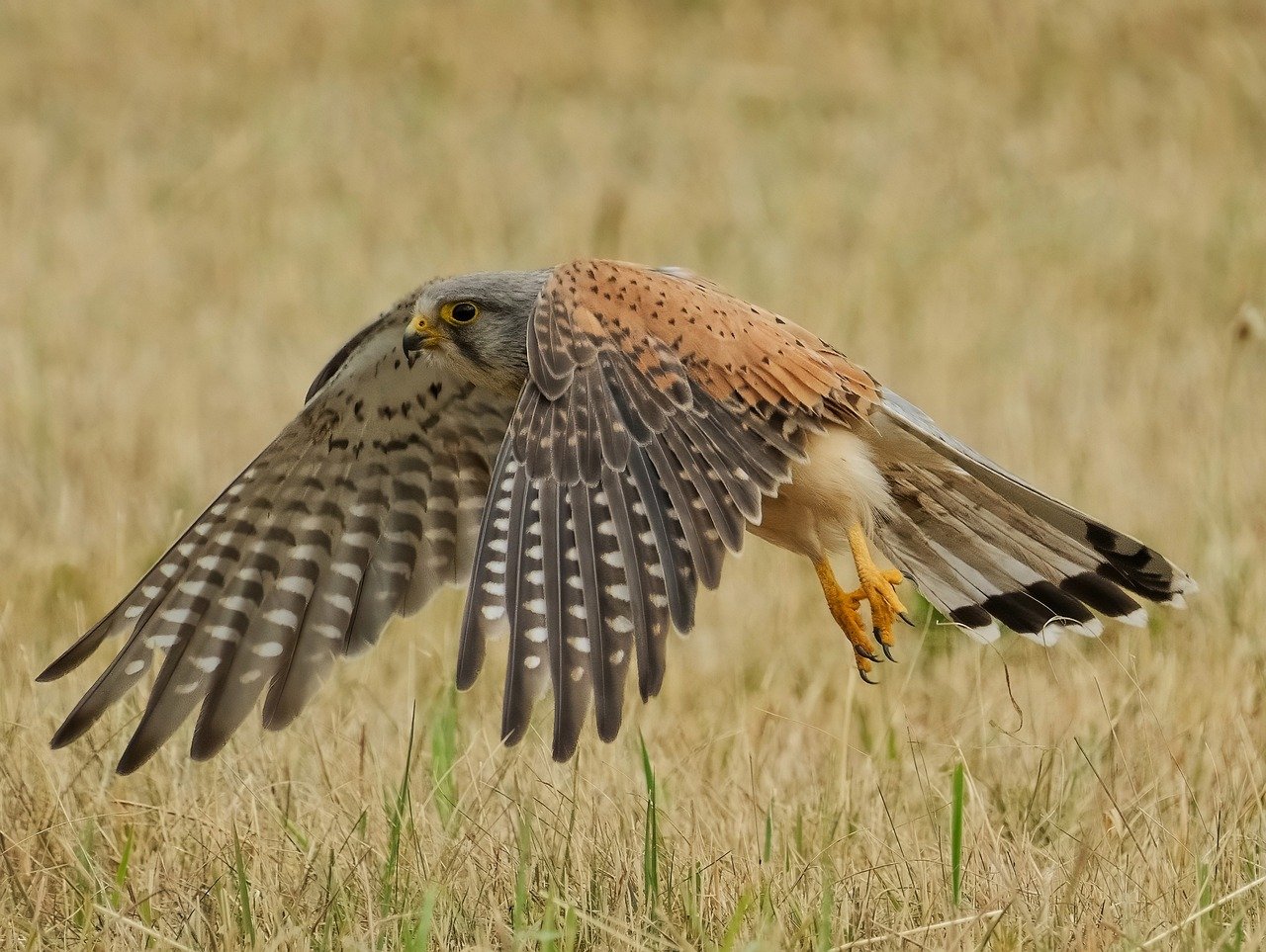
The discovery that raptors were covered in feathers didn’t just surprise scientists – it fundamentally rewrote our understanding of these ancient predators. There is a large body of evidence showing that dromaeosaurids were covered in feathers. Some dromaeosaurid fossils preserve long, pennaceous feathers on the hands and arms (remiges) and tail (rectrices), as well as shorter, down-like feathers covering the body. These weren’t just decorative plumes either – they served multiple crucial functions.
Think about it like this: imagine a wolf, but instead of fur, it’s covered in the kind of sophisticated feathers you’d find on a hawk. Dromaeosaurids were FULLY feathered, like a falcon, including long feathers on their wings and elaborate tail feathers. This feathery covering wasn’t just for show – it provided insulation, possibly aided in mating displays, and most importantly, gave these predators incredible maneuverability during high-speed chases. The feathers acted like natural steering systems, allowing raptors to make split-second directional changes that would have been impossible for their scaly competitors.
Size Matters: From Turkey-Sized Terrors to Giant Killers
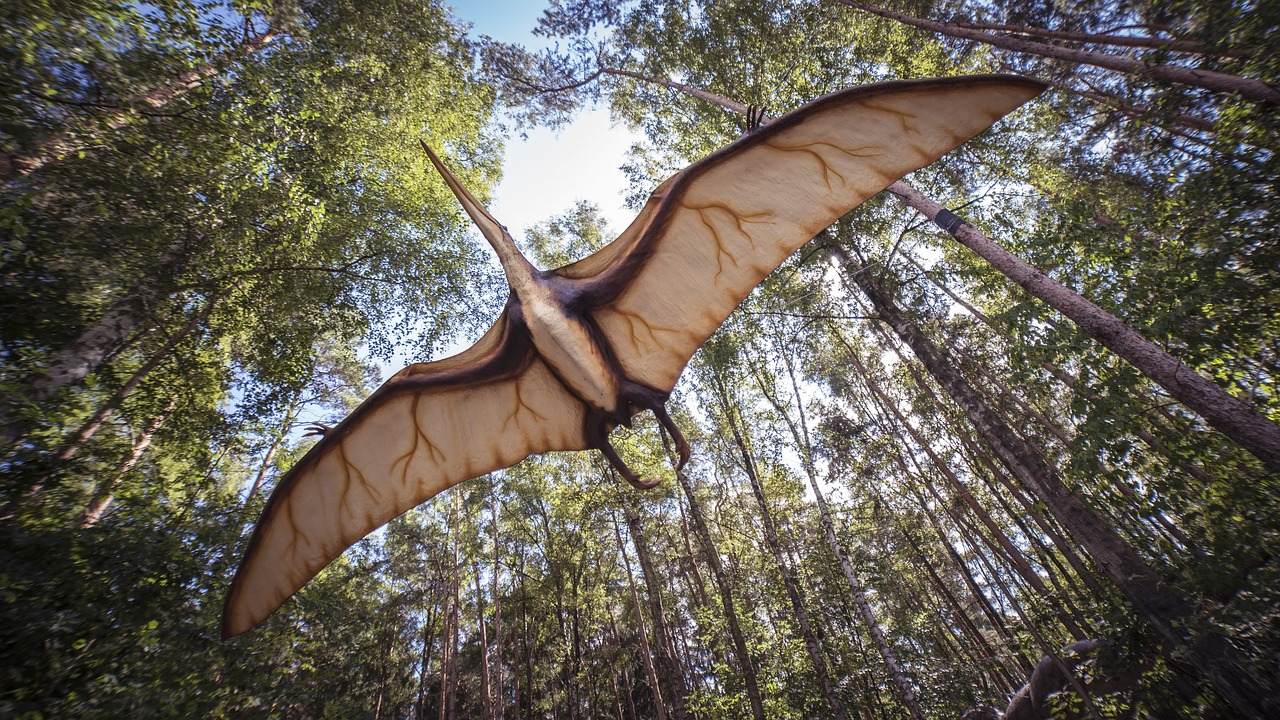
In reality, however, Velociraptor was roughly the size of a turkey, considerably smaller than the approximately 2 m (6.6 ft) tall and 90 kg (200 lb) reptiles seen in the novels and films. But don’t let that fool you into thinking these were harmless creatures. Even the smaller raptors packed a serious punch, and their larger cousins were absolutely terrifying.
It is the largest known member of the family Dromaeosauridae, measuring about 6–7 metres (20–23 ft) long and weighing an estimated 700 kilograms (1,500 lb) – that’s Utahraptor, the true giant of the raptor world. During the Late Cretaceous, ecosystems hosted an incredible range of raptor sizes, from Most raptors were very small, around the size of a turkey all the way up to these massive predators that could take down prey several times their own size. This size diversity meant that raptors could exploit virtually every ecological niche available to predators.
Deadly Precision: The Science Behind the Sickle Claw
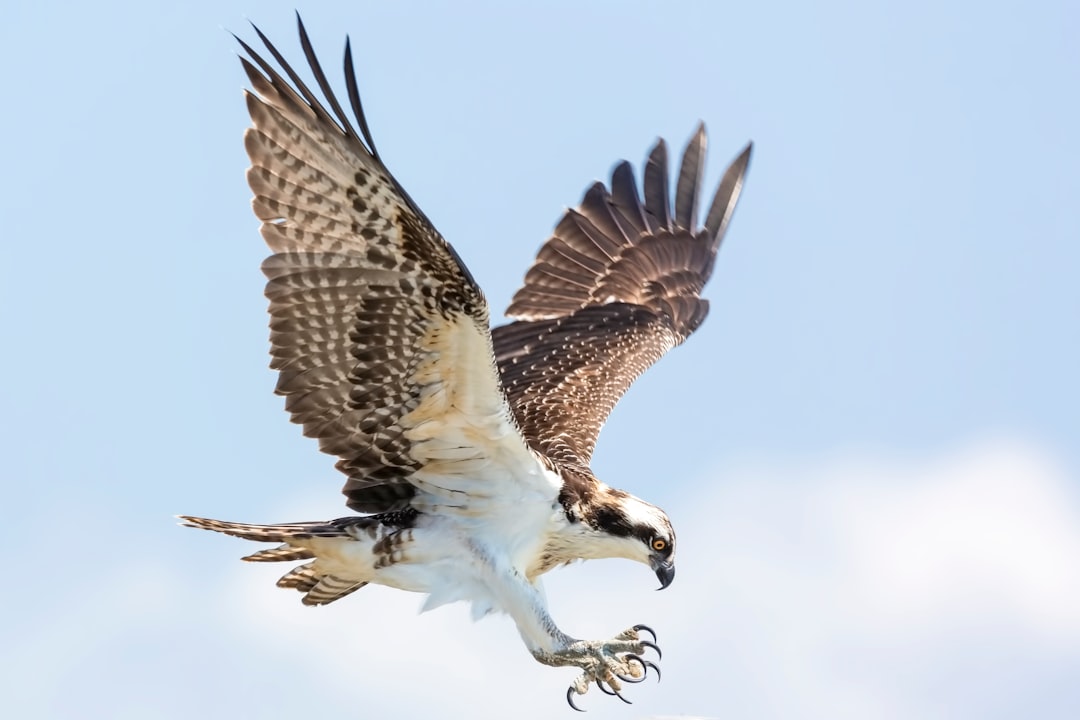
Everyone knows about the famous sickle claw, but recent research has completely changed how scientists think these weapons actually worked. This model, known as the “raptor prey restraint” (RPR) model of predation, proposes that dromaeosaurids killed their prey in a manner very similar to extant accipitrid birds of prey: by leaping onto their quarry, pinning it under their body weight, and gripping it tightly with the large, sickle-shaped claws. Rather than slashing like giant switchblades, these claws functioned more like grappling hooks.
Picture an eagle landing on a salmon – that’s essentially how raptors used their infamous claws. Although scientists once theorized the claws may have been used for slashing, most now believe that the dinosaur used them to pierce and pin down prey as hawks do. This discovery completely revolutionized our understanding of raptor hunting behavior and explained how even relatively small raptors could take down much larger prey through persistence and precision rather than brute force.
Social Lives: Pack Hunters or Lone Wolves?

The question of whether raptors hunted in packs has sparked heated debates in paleontological circles for decades. As to whether or not raptors hunted in packs, that debate has yet to be settled conclusively one way or the other. The fact is, very few modern birds engage in cooperative hunting; since birds are tens of millions of years farther down the evolutionary line, that can be taken as evidence that raptor packs are a figment of a Hollywood producer’s imagination.
However, the evidence isn’t entirely clear-cut. Still, the recent discovery of multiple dromaeosaur tracks shows that at least some of these dinosaurs lived in small herds, so pack hunting is certainly within the realm of possibility. What’s particularly interesting is that To date, all of the dozen or so Velociraptor skeletons found in Mongolia have been of solitary individuals, suggesting that at least some species were primarily solitary hunters. The truth probably lies somewhere in the middle – some species may have been social opportunists, gathering around large carcasses or during mating seasons, but spending most of their time as lone predators.
Ecosystem Dominance: How Raptors Reshaped Food Webs
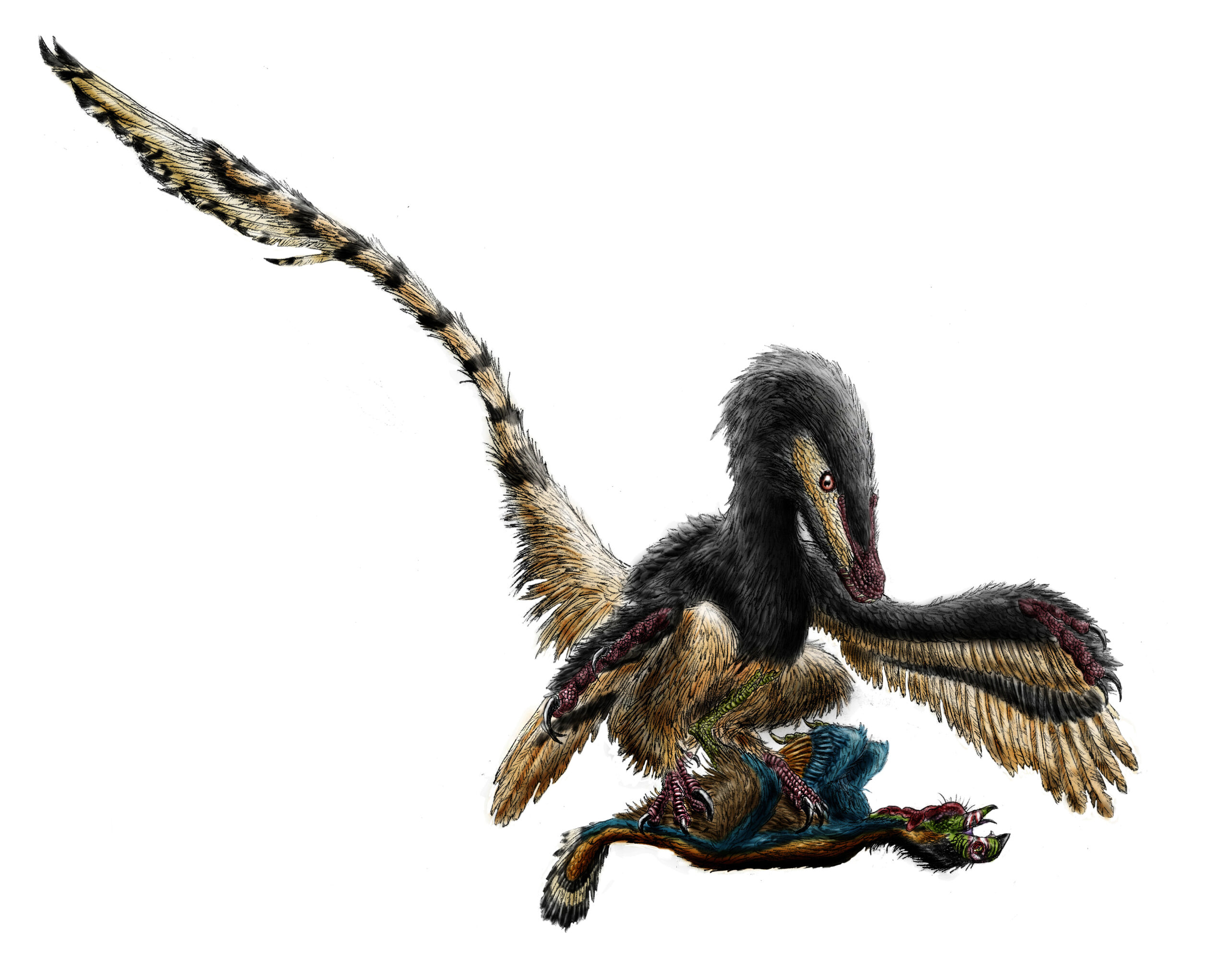
Often depicted as nimble predators, these creatures not only dominated their environments during the Late Cretaceous but also left behind crucial clues about the evolutionary path of theropods. The impact of raptors on Late Cretaceous ecosystems was profound and far-reaching. They didn’t just fill empty ecological niches – they created new ones and fundamentally altered predator-prey dynamics across multiple continents.
Aided by the extinction of the Carcharodontosaurids, Achillobator would have played the role of top predator in Bayan Shireh, terrorizing local fauna which included numerous Ankylosaurs, Hadrosaurs, Ornithomimids, and Therizinosaurus. While some Tyrannosaurids were present, they had not yet achieved the gigantism observed a mere 10 million years later. This shows how raptors often stepped into ecological roles left vacant by other predators, adapting quickly to fill gaps in the food web. Their intelligence, agility, and pack-hunting capabilities gave them significant advantages over more traditional predators of the time.
Global Expansion: Raptors Conquer the World
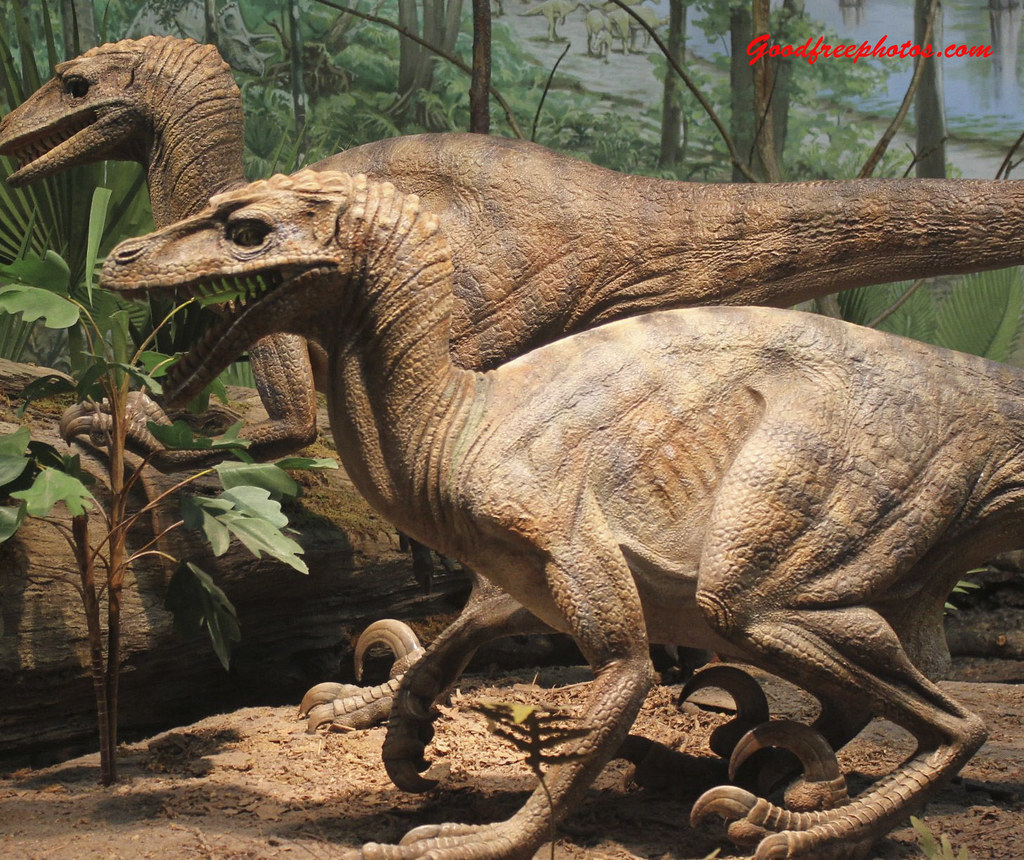
Definitive dromaeosaurid fossils have been found in North America, Europe and Asia, and by the Late Cretaceous, these predators had achieved a nearly global distribution. In the Cretaceous, raptors could be found all over the planet, with the exception of modern-day Australia and southern Africa. This remarkable geographic spread demonstrates just how successful the raptor body plan really was.
From the deserts of Mongolia where Velociraptor ruled, to the lush forests of North America where Deinonychus prowled, raptors adapted to virtually every environment the Late Cretaceous had to offer. Angiosperms had undergone a significant diversification event during the Cretaceous Terrestrial Revolution, and by the early Maastrichtian, they were common components of North American terrestrial ecosystems. This plant revolution created new forest environments that raptors were perfectly suited to exploit, with their agility and climbing abilities giving them access to arboreal prey that other predators couldn’t reach.
The Intelligence Factor: Smarter Than Your Average Dinosaur
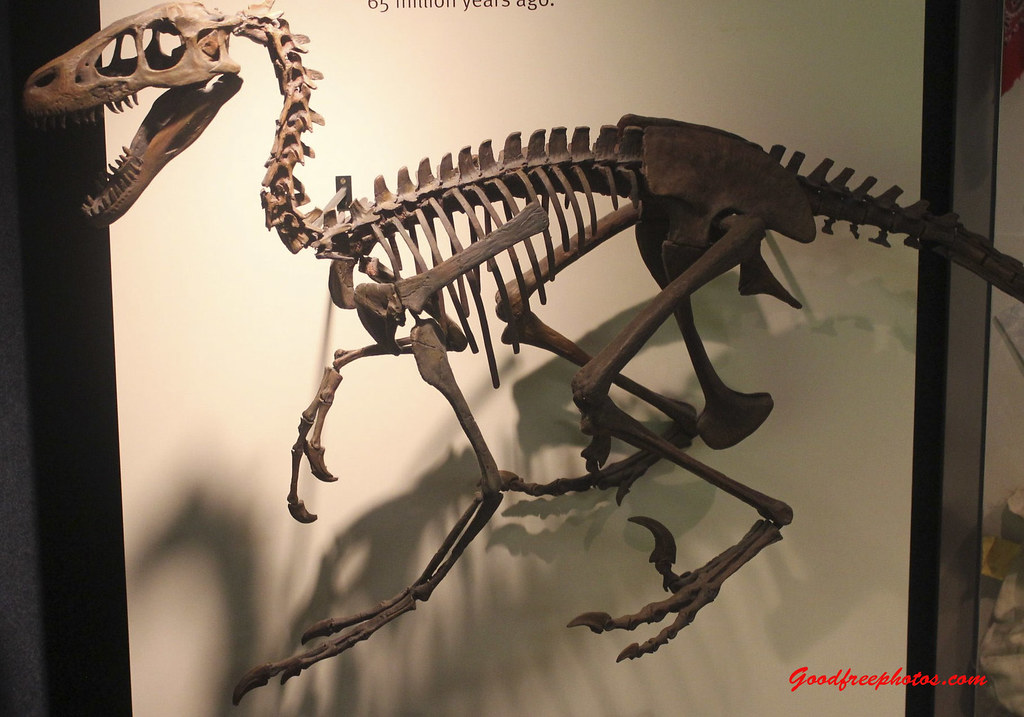
While popular culture has exaggerated raptor intelligence to almost mythical levels, these predators were genuinely among the smarter dinosaurs of their time. To accommodate their extra motor skills and superb vision, their brains were relatively larger than other dinosaurs (but still much smaller than mammal brains). This enhanced cognitive ability gave them significant advantages in hunting and survival.
However, let’s keep things in perspective here. Even the smartest dinosaur of the Mesozoic Era, Troodon, was dumber than a newborn kitten, and it’s a safe bet that no reptiles (ancient or modern) have ever learned to use tools. Still, within the context of their time and compared to other dinosaurs, raptors were remarkably sophisticated predators. Their enhanced brain-to-body ratio allowed for complex hunting strategies, better spatial awareness, and possibly even primitive problem-solving abilities that gave them edges over larger but less intelligent predators.
Specialized Adaptations: Different Raptors, Different Strategies

The Late Cretaceous saw an explosion in raptor diversity, with different species developing specialized hunting strategies for their specific environments. The development of deep snouts in addition was probably an adaptation for handling vertebrate prey; velociraptorines with their elongated snouts that allowed for rapid biting at the cost of power perhaps specialised in smaller prey in their desert environments, and the small-bodied Acheroraptor and Saurornitholestes with their intermediate snout dimensions may have had more generalised diets in their more diverse ecosystems. The diverse and abundant prey in the environments of Atrociraptor and Deinonychus may have allowed for more specialised diets of large-bodied prey for these deep-snouted dromaeosaurids.
Think of it like different breeds of modern predatory birds – each species evolved specific tools for their particular hunting niche. Some developed longer snouts for reaching into crevices, others evolved more robust skulls for crushing bones, and still others became specialized for different types of terrain. Almost all of the small Dromaeosaurs used their wings and claws to help climb trees. Many were either arboreal (climbing and/or living in trees), while some were even volant (flying and/or gliding from tree to tree). This specialization allowed multiple raptor species to coexist in the same ecosystems without directly competing for resources.
The Role of Climate in Raptor Success
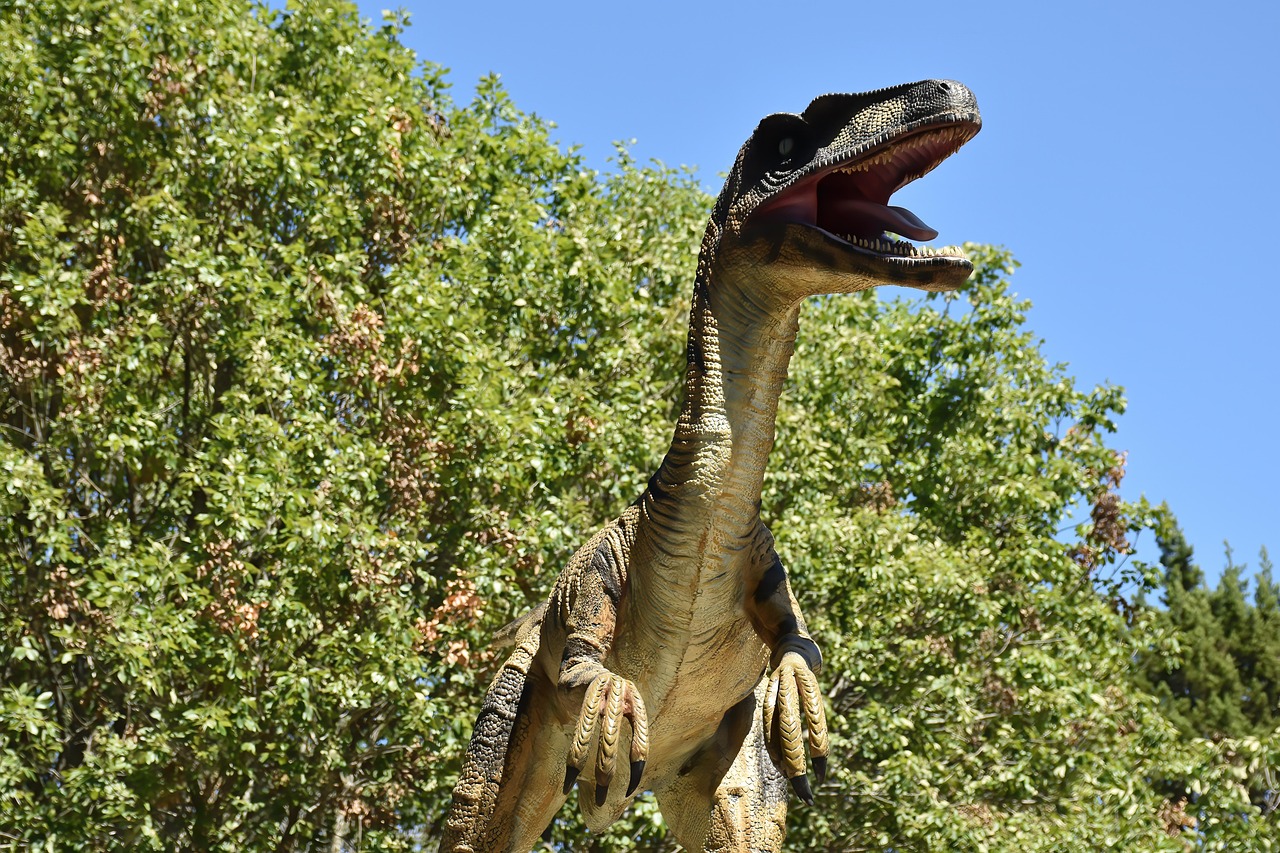
The Late Cretaceous was characterized by dramatic climate changes that played a crucial role in raptor evolution and success. The abundant sediments – sands, sandstones, or caliche – of the Djadochta Formation were deposited by eolian (wind) processes in arid settings with fields of sand dunes and only intermittent streams, as indicated by very sparse fluvial (river-deposited) sedimentation, under a semi-arid climate. These changing environments created new opportunities for adaptable predators.
Raptors proved incredibly flexible in the face of environmental change, adapting to everything from arid desert conditions to humid forest environments. Later sediments are believed to have been further inland and less humid than those of the late Campanian. This may be responsible for the apparent change in fauna during this period. While many other predator groups struggled with these environmental shifts, raptors seemed to thrive, suggesting that their intelligence, social flexibility, and varied hunting strategies gave them significant advantages during times of ecological upheaval.
Fossil Evidence: The Stories Bones Tell
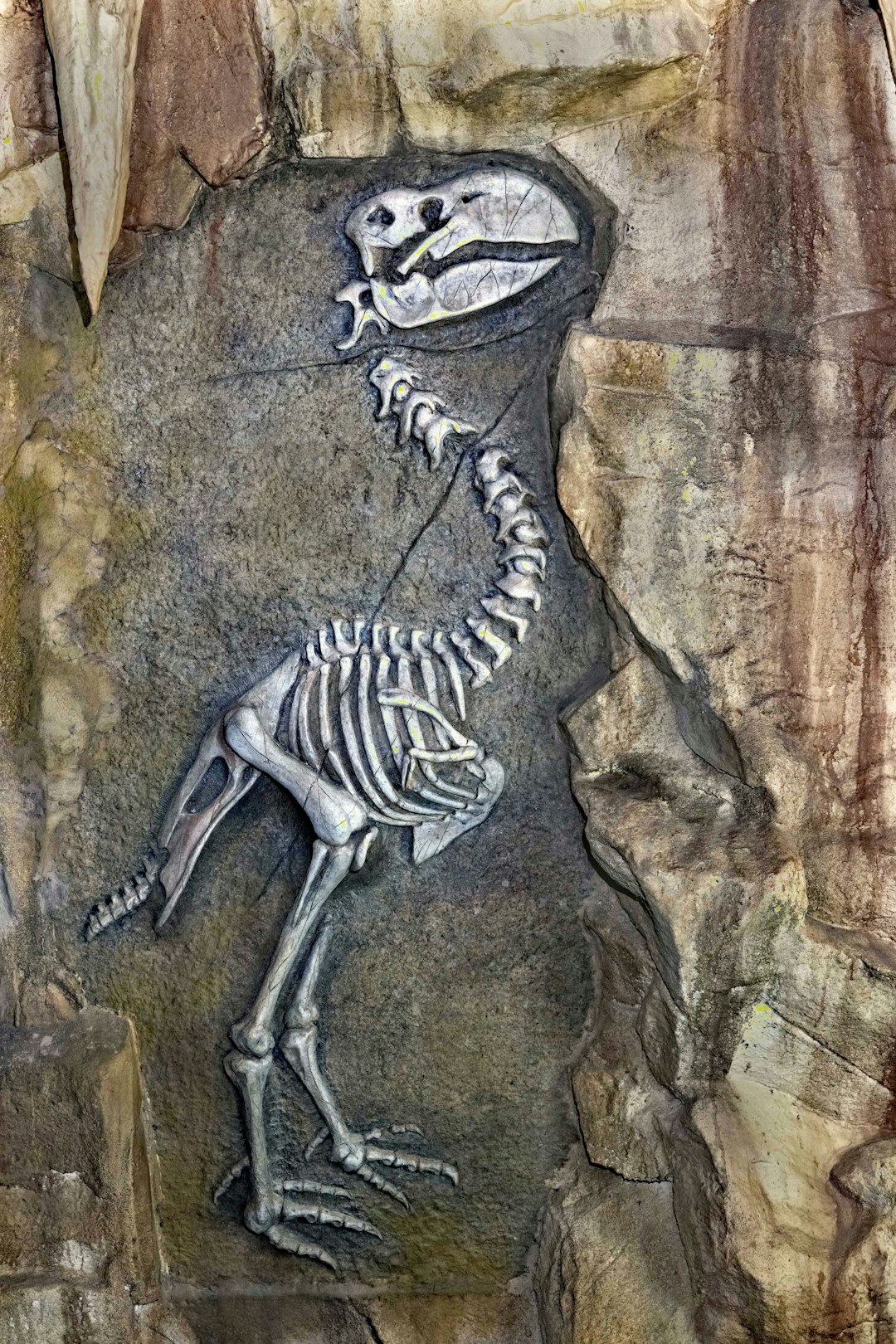
The fossil record has provided us with some absolutely stunning insights into raptor behavior and ecology. One particularly famous specimen preserves a Velociraptor locked in combat with a Protoceratops – literally freezing a moment of prehistoric drama for millions of years. These exceptional preservations give us direct windows into how these animals lived and died.
The famous ‘feathered dinosaurs’ from the Early Cretaceous of Liaoning Province, northeastern China, include several dromaeosaurids, which are among the closest relatives of birds. Most of these are small-bodied taxa with long arms and broad wings comprised of vaned feathers, but a single specimen (the holotype of Tianyuraptor) belongs to a much larger individual with reduced forelimbs, which unfortunately lacks any preserved integument. The Chinese fossil sites have been particularly revealing, showing us not just the bones of these creatures but their actual feathers, giving us unprecedented detail about their appearance and behavior. These discoveries continue to reshape our understanding of raptor biology and evolution.
The End of an Era: Raptors and the Great Extinction
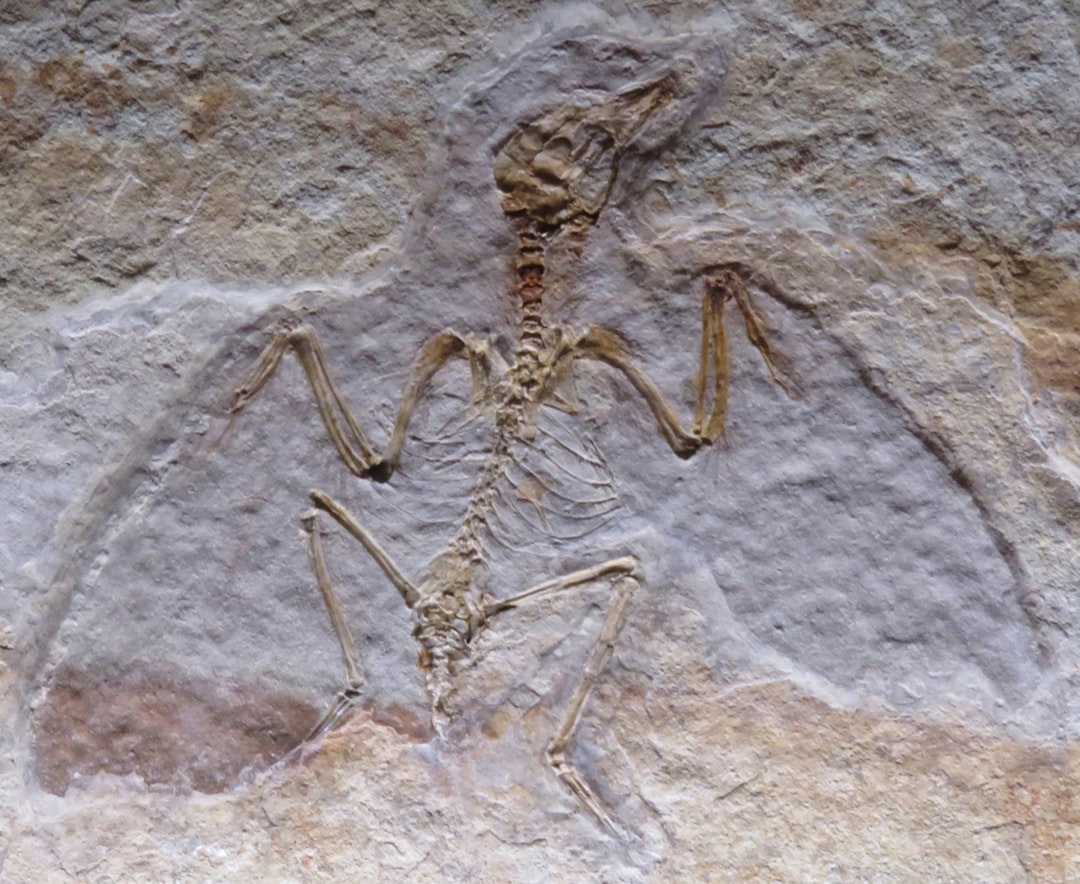
Velociraptor disappeared from the fossil record about 71 million years ago. A few million years later, a cataclysmic asteroid strike sparked an extinction event that wiped out the non-avian dinosaurs. The end of the Cretaceous marked the conclusion of one of the most successful predator experiments in Earth’s history, but raptors didn’t simply vanish without a trace.
The earliest body fossils are known from the Early Cretaceous (145–140 million years ago), and they survived until the end of the Cretaceous (Maastrichtian stage, 66 ma), existing until the Cretaceous–Paleogene extinction event at 66 million years ago. Their evolutionary legacy lived on in their closest relatives – modern birds. In many ways, raptors didn’t go extinct at all; they simply evolved into the diverse array of feathered predators we see today. From hawks to falcons to eagles, the hunting strategies and physical adaptations pioneered by Late Cretaceous raptors continue to dominate predatory niches around the world.
Conclusion

The story of how raptors took over Late Cretaceous landscapes is ultimately a tale of evolutionary innovation at its finest. These remarkable predators combined intelligence, agility, social flexibility, and cutting-edge adaptations like feathers to dominate ecosystems across the globe for millions of years. They weren’t just successful hunters – they were evolutionary pioneers who helped bridge the gap between traditional reptilian predators and the bird-dominated world that would emerge after the great extinction.
From their sophisticated feather-based flight and insulation systems to their precision-engineered killing claws, raptors represented a completely new approach to being a predator. They proved that sometimes, being smaller, smarter, and more adaptable could be far more effective than simply being the biggest monster in the ecosystem. Their success story offers us incredible insights not just into prehistoric life, but into the fundamental principles of evolution, adaptation, and ecological success.
The next time you watch a hawk soar overhead or see a falcon dive for its prey, remember – you’re witnessing the living legacy of the feathered fury that once ruled the world. Who would have thought that the descendants of these prehistoric terrors would be singing outside your window every morning?

